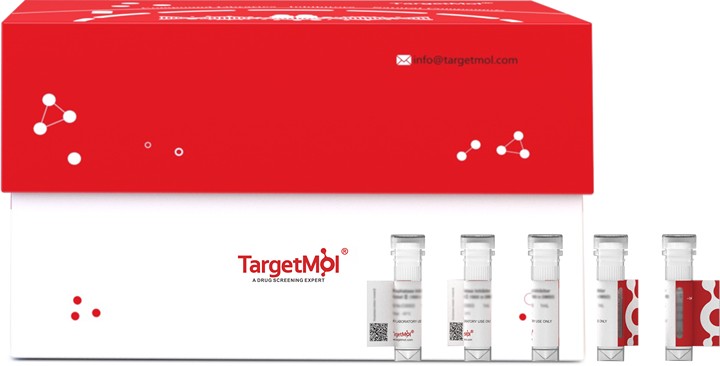Shopping Cart
- Remove All
 Your shopping cart is currently empty
Your shopping cart is currently empty

Claudin-6 Protein, Human, Recombinant (His & FLAG) is expressed in HEK293 mammalian cells with His and Flag tag. The predicted molecular weight is 21.87 kDa and the accession number is P56747.

| Pack Size | Price | Availability | Quantity |
|---|---|---|---|
| 20 μg | $2,420 | 7-10 days | |
| 100 μg | $8,490 | 7-10 days |
| Biological Activity | 1.Loaded Anti-CLDN6 antibody on ProA Biosensor, can bind Human CLDN6 Protein with an affinity constant of 0.536nM as determined in BLI assay (Routinely tested).
2.Captured Anti-Human CLDN6 antibody on CM5 Chip via anti-human IgG Fc antibody, can bind Recombinant Human CLDN6-Nanodisc Protein (His & Flag Tag) with an affinity constant of 7.03 nM as determined in a SPR assay (Routinely tested). |
| Description | Claudin-6 Protein, Human, Recombinant (His & FLAG) is expressed in HEK293 mammalian cells with His and Flag tag. The predicted molecular weight is 21.87 kDa and the accession number is P56747. |
| Species | Human |
| Expression System | HEK293 Cells |
| Tag | His, Flag |
| Accession Number | P56747 |
| Synonyms | claudin 6 |
| Construction | A DNA sequence encoding the human CLDN6 (P56747) (Met1-Thr184) was expressed, with a Flag tag followed by a polyhistidine tag at the C-terminus.Nanodisc is a versatile tool for studying membrane proteins. Using styrene-maleic acid (SMA) copolymer, membrane proteins can be extracted directly from prokaryotic and eukaryotic expression systems in the absence of detergents to preserve the protein structure and function better. Compared to membrane scaffold proteins (MSPs) nanodiscs, SMA nanodiscs also have the advantage of preserving proteins' nature by maintaining native lipids surrounded without introducing any heterologous proteins, which allows studies of protein structure and functions in a native-like environment. Predicted N terminal: Met 1 |
| Protein Purity | ≥ 90 % as determined by SDS-PAGE |
| Molecular Weight | 21.87 kDa (predicted); 20.91 kDa (reducing conditions) |
| Endotoxin | < 1.0 EU/μg of the protein as determined by the LAL method. |
| Formulation | Supplied as 0.2 μm filtered solution in 10 mM HEPES, 50 mM NaCl, pH7.5 with glycerol as protectant. |
| Stability & Storage | It is recommended to store the product under sterile conditions at -70°C or lower. Samples are stable for up to 3 months at -80°C. Please avoid multiple freeze-thaw cycles and store products in aliquots. |
| Shipping | Shipping with blue ice. |
| Research Background | Claudin-6 (CLDN6) belongs to the claudins family and is a transmembrane protein found in tight junctions with two extracellular loops and intracellular N and C tails. CLDN6 modulates the ion- and charge-specific permeability of the paracellular pathway in most epithelial tissues. It regulates the paracellular flux of cations in the kidney through forming heterotypic strands with other claudins and has a role in maintaining the lung epithelial barrier function. The CLDN6 gene is adjacent to another family member, CLDN9, on chromosome 16. Certain CLDN6-positive cancers, encompassing ovarian, endometrial, and testicular malignancies, have been shown to have their proliferation and invasiveness suppressed upon CLDN6 silencing. |

Copyright © 2015-2025 TargetMol Chemicals Inc. All Rights Reserved.